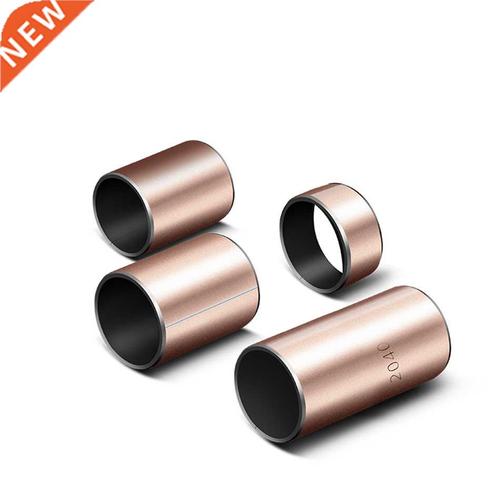Ball Bearings: A Comprehensive Guide to Types, Applications, and Maintenance
Ball bearings are precision-engineered components designed to reduce rotational friction and support radial or axial loads in machinery. Widely used in industries like automotive, aerospace, and manufacturing, these mechanical elements ensure smooth operation and extended equipment lifespan through optimized load distribution.
Table of Contents
1. types of ball bearings2. how ball bearings work
3. ball bearings applications
4. ball bearings maintenance
5. ball bearings manufacturers
1. Types of Ball Bearings

Ball bearings come in various configurations to meet specific operational needs. Deep groove ball bearings handle both radial and axial loads, while angular contact bearings excel in high-speed applications requiring thrust load support. Thrust ball bearings specialize in axial load management, and self-aligning ball bearings compensate for shaft misalignment. Miniature and ceramic variants cater to specialized industries like robotics or extreme environments. Each type features unique geometries, material compositions, and performance characteristics that engineers must carefully evaluate during selection processes to ensure optimal machinery performance.
2. How Ball Bearings Work
The fundamental principle behind ball bearings involves replacing sliding friction with rolling friction. Precision-ground steel balls rotate between inner and outer raceways, distributing loads evenly across contact surfaces. This design minimizes heat generation and energy loss while maintaining component alignment. Lubrication systems further reduce wear by creating protective films between metal surfaces. Advanced sealing technologies prevent contamination ingress, preserving bearing integrity. Modern computer-aided manufacturing ensures micron-level tolerances for smooth operation, while specialized heat treatments enhance durability under demanding conditions.
3. Ball Bearings Applications
Ball bearings serve critical functions across multiple industries. Automotive applications include wheel hubs, transmissions, and electric motors. Industrial machinery relies on bearings for conveyor systems, pumps, and gearboxes. Aerospace implementations demand ultra-precision bearings for flight control systems and turbine engines. Medical equipment utilizes sterilizable bearings in imaging devices and surgical tools. Emerging applications include renewable energy systems like wind turbines and high-performance computing cooling solutions. Each sector requires customized bearing solutions addressing unique operational challenges and regulatory standards.
4. Ball Bearings Maintenance
Proper maintenance significantly extends bearing service life. Regular lubrication replenishment maintains optimal film thickness between contact surfaces. Vibration analysis detects early signs of wear or misalignment. Contamination control through effective sealing prevents abrasive particle ingress. Proper mounting techniques using specialized tools prevent raceway damage during installation. Temperature monitoring identifies lubrication breakdown or overload conditions. Preventive replacement schedules based on operational hours or load cycles help avoid catastrophic failures. Advanced maintenance strategies incorporate IoT sensors for real-time performance monitoring and predictive analytics.
5. Ball Bearings Manufacturers
Leading manufacturers differentiate through material innovation and precision engineering. SKF and NSK dominate the market with patented steel alloys and proprietary heat treatments. Timken specializes in large-diameter industrial bearings, while NTN excels in automotive solutions. Emerging manufacturers focus on ceramic hybrid bearings for extreme environments. Quality certifications like ISO 9001 ensure production consistency, while custom engineering teams develop application-specific solutions. Global supply chain networks enable timely delivery, and digital platforms provide technical support and inventory management. Sustainable manufacturing practices are increasingly prioritized through energy-efficient production and recyclable packaging.
Understanding these five critical aspects of ball bearings helps professionals make informed decisions about selection, implementation, and maintenance. From fundamental operational principles to advanced manufacturing techniques, each element contributes to optimal bearing performance. Whether you're specifying bearings for heavy machinery or seeking reliable suppliers, this knowledge ensures improved equipment reliability and operational efficiency.
Conclusion
This comprehensive guide has explored the essential aspects of ball bearings, from their mechanical principles to practical maintenance strategies. By understanding types, applications, and selection criteria, engineers can optimize machinery performance while reducing lifecycle costs. Continuous innovation in materials and manufacturing ensures ball bearings remain vital components in modern industrial systems.




 13869596835
13869596835